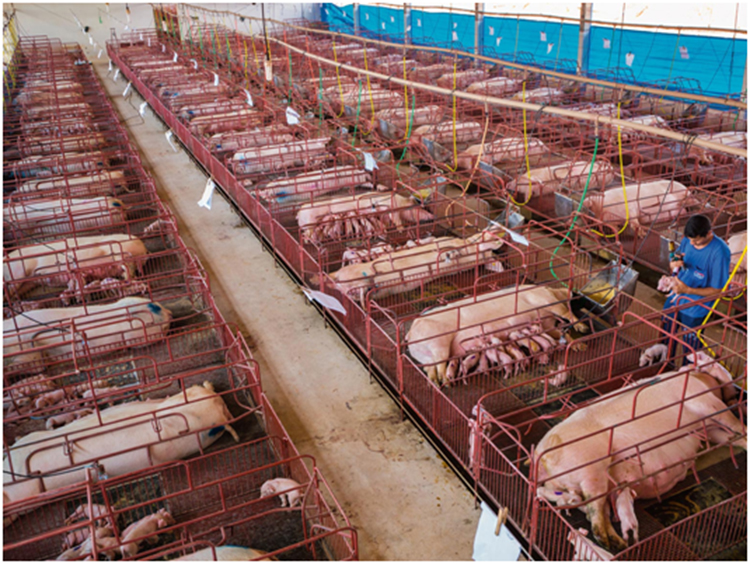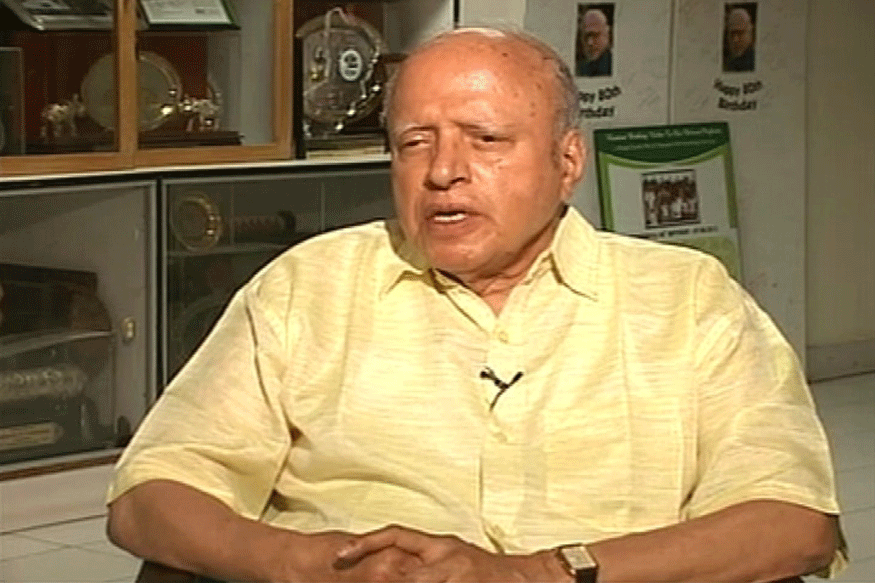
The green revolution has been widely discussed and its different aspects have been highlighted by various observers according to their own understanding of emphasis and priorities. To this writer the essence of the green revolution seems to be in the following tendencies, all the more significant because these seem to be shared by technological changes in other sectors of rural development spread by the same forces.
Firstly, the green revolution seeks to draw, for better or for worse may be debated later, the peasantry of even very remote rural areas into the pressures and influences of the international market. As long as the farmer continued to grow his traditional varieties with very meager or even nil quantities of agrochemicals, diesel or machinery, he was least affected by what happened in the oil, fertilizer and other related industries of the world, or by the relation of the domestic industry producing these inputs to the industry of other countries, but with the advent of the green revolution all this suddenly became quite important for millions of farmers in the form of the price and availability of fertilizers, pesticides, diesel, tractors etc.
Secondly the propaganda on behalf of the green revolution emphasizes its suitability for small farmers and in a technological sense there is nothing to stop a farmer from growing the new seeds. Seen in the reality of Indian rural conditions and indeed in the conditions of many other countries, the new seeds requiring expensive inputs in large amounts are most likely to trap the low-resource, poor farmer in a debt trap, while those endowed with the largest resource base in rural areas are able to take advantage of the several new opportunities, not necessarily in agricultural production but even more in trade of produce as well as inputs or ‘agro business’ which the green revolution seeds and their related inputs bring.
A related issue is the very narrow way in which the green revolution concerns itself with the basic problem of hunger. In Indian conditions it was evident that to effectively tackle the problem of hunger food production should not just grow but grow specifically on the fields of the poorer farmers in backward areas. On the other hand by emphasizing concentration of resources in the already well endowed regions and at least initially on the better-off farmers the green revolution follows an opposite pattern. By so doing it makes it possible to collect ‘marketable surplus’ of grain from a relatively small area to enhance the government’s stocks of grain which, however, by itself cannot ensure that this food reaches the hungry. Thus the green revolution takes a cynical view of the pain of hunger – flaunting grain stocks and asking where is the problem, while doing nothing effective by itself to really increase the ability of the hungry people to eat better.
Lastly it should be pointed out that the green revolution strategy has been promoted and supported at various levels by the foundations and aid organizations based in western countries, as also the multilateral aid, finance and research organizations in which these countries are dominant. These interests have been generally very supportive of big agribusiness corporations.
If these are accepted as some of the most important features of the green revolution, however, the technological changes in other areas of rural development-dairy-development, fisheries and forestry for instance can be seen as exhibiting much the same tendencies. Hence these overall changes can be described as the greater green revolution.
In the case of dairy development the foreign aid based Operation Flood project strengthened for all time to come the trend of big infra-structure, big city-supply centered path of dairy development, denying a more imaginative and pioneering path more suited to the needs of India. The dairy development strategy of this project put more emphasis on the technology of crossbreed cows which is less suited for small, low resource farmer and for hot weather conditions ( likely to be even less suitable for times of climate change, and for meeting bullock needs of agriculture). By emphasizing the availability of plenty of milk and milk products in cities for those who have the purchasing power for this, the ‘white revolution’ also adopts a cynical attitude towards the problem of malnutrition, being concerned with only the product and not with who gets it. As milk processing moves away from villages, the cheapest by product of chaach, also the cheapest source of protein, is likely to become much less available to poorer households, compared to its much more abundant and more or less free availability earlier. As more emphasis shifts to supplying milk to big cities with large-scale urban milk processing plants, crucial aspects such as improving pastures, equal deal for weaker sections in dairy development get less importance. With oilseed processing also shifting to huge city processing, oilcakes and other nutritive feed do not go to local farm and dairy animals, these go instead to those who can pay more and in practice this often means the export market. Operation Flood established the trend of mixing fresh milk arbitrarily with cheaper stored milk powder and butter oil from any part of world, and using this, the organized dairy sector can price out the independent small dairy producer any day. The independent small dairy producer keeps complaining that her costs are more than her price in a system dominated by the organized sector which can mix milk powder and butter oil etc. with fresh milk to always have a competitive edge over the unorganized sector and the independent small farmer.
In the area of forestry, massive aid for forestry projects has been accompanied by increased orientation of forestry officials towards forestry practices and policies to predominantly satisfy the need of industries. Emphasis on supporting the growth of mainly those species which industry finds useful, at the expense of the trees needed by tribals and other villagers, has played havoc with their lives and specially with their access to free food available in forests (which was specially useful in lean agricultural season and in drought years).Forestry projects have emphasized monocultures of commercially and industrially useful species of trees with adverse impacts on environment and availability of food, fodder, medicinal plants as well as other useful forest based products to local communities, particularly tribal communities. This trend is very harmful also for wild life and biodiversity. India’s fifth five-year plan stated its priority is to shift “ to a dynamic program of production forestry aiming at clear-felling and creating large-scale man-made forests with the help of institutional financing.” A little after this the National Commission of Agriculture went to the extent of saying, “ Production of industrial wood will have to be the raison d’étre for the existence of forests”.
In the area of marine fisheries also the traditional fisher folk communities of coastal areas have suffered with the growing linkages of coastal fisheries to the export-led growth and to the subsequent domination of big business interests and increasing mechanization, promoted by international projects and agencies, .In some places rising exports of fish have been accompanied by declining local per capita availability of this staple protein. In many places original fishers, have faced increasing difficulties while late entrants to marine fisheries have made fortunes.. Acquculture projects promoted by big business interests have faced increasing criticism for ecological ruin and adverse impacts on coastal communities.
The extension of several important features of the green revolution , as also the same thinking underlying the technological change in agriculture, (as well promotion by similar powerful interests) to other areas of rural development may be called the greater green revolution. This writer had written a booklet using the title of the greater green revolution for this clear trend , and as there was much approval and appreciation of this by discerning readers, the use of this phrase for this phenomenon has persisted on his part. It is a common and important part of all aspects of the green revolution and the greater green revolution that strong attempts are made to break the self-reliance of rural communities and to increase their dependence on outer forces, which in course of time leads to the indebtedness and often even the displacement of rural communities from their land or other resource base—this is particularly the fate of the weaker and more vulnerable members of these communities but not entirely confined to them.
Hence following the commonly used description of green revolution in the context of agriculture, the greater green revolution may be defined as the extension of similar thinking and technology in animal husbandry and dairying, fisheries, forestry and other related activities which lead to a disruption of traditional practices and the related wisdom of many , many generations, accompanied by the imposition of technologies and inputs which break self-reliance and impose exploitative linkages which are harmful for sustainable development, nutrition, environment protection and animal welfare, while leading to increased business for industrial interests.
Bharat Dogra is a journalist and author. His recent books include Protecting Earth for Children and Planet in Peril.
GET COUNTERCURRENTS DAILY NEWSLETTER STRAIGHT TO YOUR INBOX













































